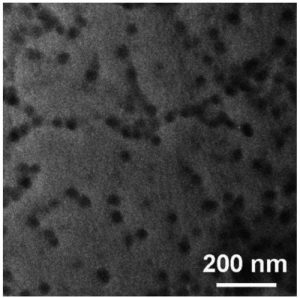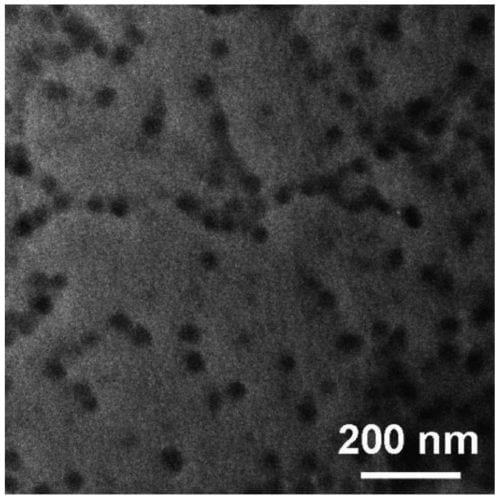
Various exotic morphologies of block copolymers in dilute solutions have been reported based on only pictures of transmission electron microscopy (TEM).
The self-assembly of block copolymer chains in a selective solvent into different supramolecular or nano-structures, depending on the chemical structures of different blocks, copolymer concentration, lengths of different blocks, interaction among solvent and different blocks, has gradually grown into a big field in polymer research in the last 20-30 years. Various exotic morphologies of block copolymers in dilute solutions have been reported based on only pictures of transmission electron microscopy (TEM). Do they really exist in solutions or are they just some kinetically frozen structures arising from the TEM sample preparation? Some recent contradictory results from TEM and laser light scattering (LLS) forced C. Wu and his team to look into this question.
Recently, the researchers have characterized morphologies of polystyrene-block– polyisoprene (PS-b-PI) diblock copolymer micelles in the solvent mixture with different n-hexane/THF ratios. LLS studies reveal an expected gradual swelling of spherical polymer micelles as the THF content increases before they finally dissolve into individual copolymer chains. However, TEM imaging shows an unexplainable morphological transition from spheres through cylinders to an exotic flower-like structure when the TEM samples were prepared under ambient air at the room temperature, which forced the scientists to look into a possible effect of solvent evaporation rate in the TEM sample preparation. They found that different morphologies are obtainable simply by controlling the evaporation rate.
The current Trend Article serves as an alarm to those who are interested in morphologies of block copolymers in solutions. Namely, imaging of TEM from the copolymer solution-casted thin film might not reflect its morphology in solutions. Therefore, it is vitally important to combine different methods, such as LLS, freeze-drying and TEM, to ascertain morphologies of block copolymers in solutions if cryo-TEM is not available.
More Talents, Trends and Highlight articles can be found here.

















